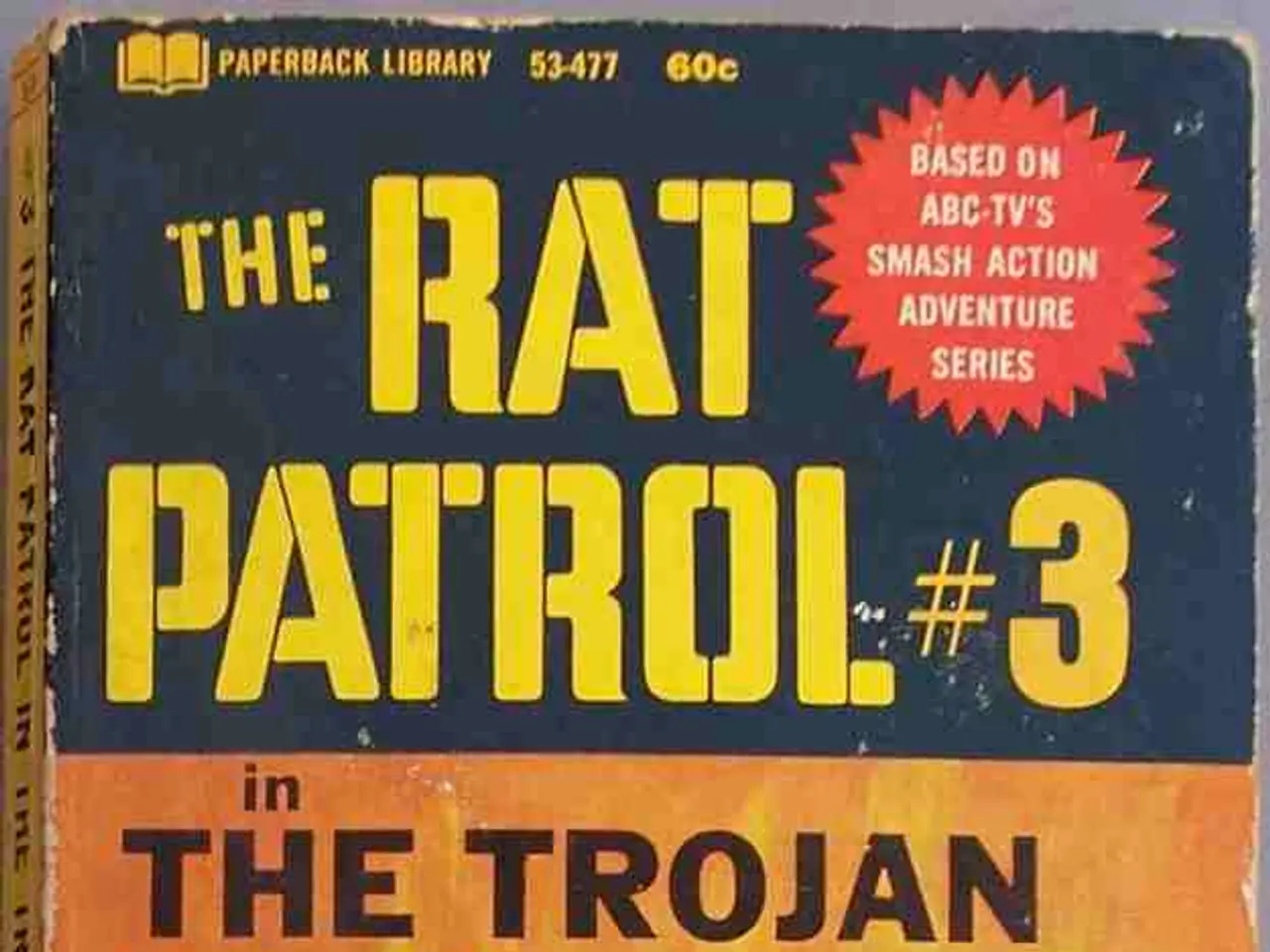U.S. Relations with India and Pakistan Maintain Consistency, According to Tammy Bruce's Affirmation of Diplomatic Equilibrium
In a recent development, Tammy Bruce, the State Department Spokesperson, addressed reporters about a past crisis involving India and Pakistan. The diplomat discussed the effectiveness of diplomatic engagement in preventing escalation during the crisis, highlighting the role of key figures such as Vice President JD Vance, President Donald Trump, and Secretary of State Marco Rubio.
The diplomatic intervention in August 2025 aimed to prevent a potential conflict between the two nations. The efforts involved attempts to mediate and apply economic pressure, although the actual cessation of hostilities was primarily driven by direct military communications between India and Pakistan.
During the crisis, Vice President JD Vance reportedly tried to contact Indian Prime Minister Narendra Modi but was unable to reach him. Modi later stated in parliament that no foreign leader, including the U.S., requested India to halt its military operation. U.S. President Donald Trump publicly claimed involvement in mediation, with the White House reiterating that Trump had used economic and diplomatic leverage to help end the conflict. However, India strongly rejected these sanctions, emphasizing that the ceasefire followed direct talks between the Directors General of Military Operations (DGMOs) of India and Pakistan.
Secretary of State Marco Rubio's specific actions in this intervention are not detailed in the available sources, but as a senior U.S. official, he was likely involved in diplomatic efforts aligned with the administration's strategy of exerting economic and political pressure to curb the conflict.
The broader conflict context shows that the May 2025 crisis involved missile strikes by India on Pakistan and significant disruptions in the region. The conflict's outcome impacted regional security calculations and prompted military restructuring on India's side.
Despite the past tensions, the United States and Pakistan have recently held a Counterterrorism Dialogue in Islamabad, reaffirming their shared commitment to combat terrorism in all its forms and manifestations. This move is seen as good news, promoting a future that's beneficial for both nations.
Meanwhile, Pakistan's Army Chief, General Asim Munir, visited the United States for the second time in under two months. During his visit, General Munir had a private luncheon with former President Donald Trump. The State Department remains committed to both nations, working towards creating something enduring during past crises.
References:
[1] The Hindu. (2025, August 15). India rejects US sanctions, says no foreign leader asked for ceasefire. Retrieved from https://www.thehindu.com/news/national/india-rejects-us-sanctions-says-no-foreign-leader-asked-for-ceasefire/article32694915.ece
[2] The Washington Post. (2025, August 16). Trump claims credit for ending India-Pakistan conflict, announces new tariffs on India. Retrieved from https://www.washingtonpost.com/world/asia_pacific/trump-claims-credit-for-ending-india-pakistan-conflict-announces-new-tariffs-on-india/2025/08/16/e738d012-0e1f-11eb-b707-0f062900006d_story.html
[3] The New York Times. (2025, May 15). India-Pakistan Crisis: A Timeline of Events. Retrieved from https://www.nytimes.com/2025/05/15/world/asia/india-pakistan-crisis-timeline.html
[4] The Economist. (2025, September 1). India's Military After the Crisis. Retrieved from https://www.economist.com/asia/2025/09/01/indias-military-after-the-crisis
- The State Department, led by Secretary of State Marco Rubio, sought to address the ongoing war-and-conflicts between India and Pakistan through diplomatic measures, including economic pressure and negotiations.
- The role of politics in resolving conflicts was evident during the India-Pakistan crisis in August 2025, as general-news outlets reported on the diplomatic engagements of key figures, such as Vice President JD Vance, President Donald Trump, and Secretary of State Marco Rubio.




